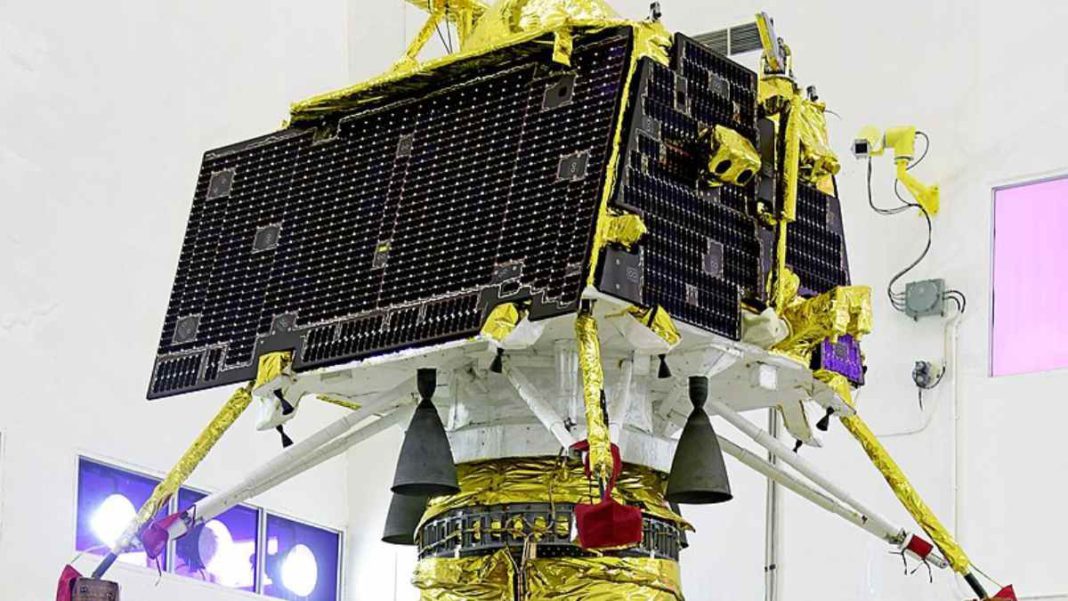INDIA: Chandrayaan-3 gears up for launch! In an exciting development for India’s space program, the Indian Space Research Organisation (ISRO) has confirmed the launch date for its highly anticipated lunar mission, Chandrayaan-3. Scheduled to take place on July 13 at 2:30 pm local time, the mission represents India’s third venture to the moon and promises to deepen our understanding of Earth’s celestial neighbor.
Chandrayaan-3 follows in the footsteps of its predecessor, Chandrayaan-2, which successfully entered lunar orbit but faced an unfortunate setback during the landing phase. While the Vikram lander experienced a hard landing, the upcoming mission seeks to overcome previous challenges and achieve a safe and soft landing on the lunar surface.
ISRO officials are optimistic about the mission’s potential for success, having subjected Chandrayaan-3 to rigorous testing and validation processes. Drawing on lessons learned from Chandrayaan-2, the mission design and lunar payload configuration have been optimized to mitigate risks and enhance the chances of a fruitful outcome.
The GSLV Mark 3 heavy-lift launch vehicle will be used for the launch, which will take place at the Satish Dhawan Space Centre in Sriharikota, India. With a budget of ₹ 615 crore, Chandrayaan-3 signifies another significant step for India in space exploration.
Unlike its predecessor, Chandrayaan-3 will not include an orbiter. Instead, it will comprise a lander and a rover, similar to Chandrayaan-2. These components, along with a propulsion module acting as a communications relay satellite, will be carried to a 100 km lunar orbit before beginning their descent to the moon’s surface.
The mission now includes the Spectro-polarimetry of Habitable Planet Earth (SHAPE) payload, which is a major addition. From the lunar orbit, SHAPE will conduct spectral and polarimetric measurements of Earth, offering valuable insights into our own planet.
The primary objectives of the Chandrayaan-3 mission are threefold. First and foremost, it aims to achieve a safe and soft landing on the moon, overcoming the previous setback. Secondly, it will demonstrate the rover’s capabilities on the lunar surface, allowing for expanded scientific exploration. Lastly, the mission seeks to conduct in-situ scientific observations, focusing on the moon’s composition, including its chemical and natural elements, soil, and water resources.
This mission holds not only national significance but also carries importance for the global scientific community. By building upon the knowledge gained from previous missions, Chandrayaan-3 will further enhance the capabilities required for future lunar and interplanetary explorations.
As the countdown to the launch begins, anticipation grows for this momentous event in India’s space exploration journey. All eyes will be on ISRO and the dedicated team behind Chandrayaan-3 as they strive to unlock the mysteries of the moon and pave the way for future scientific advancements in lunar and planetary research.
Also Read: Indian Navy and ISRO Team up to Release Gaganyaan Recovery Training Plan



